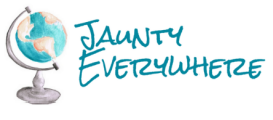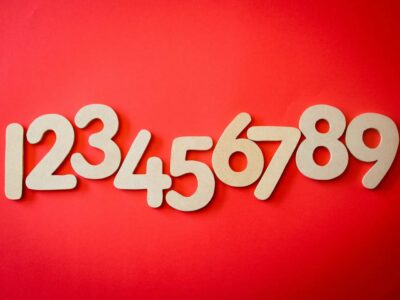Enneagram for travel
The Enneagram is a personality typing system.
We’ll explain more in a minute, but why are we talking about the Enneagram on a travel website?
If you travel with family, friends, or even just one other person, you will deal with personality. Personality has a significant impact on our travel.
Understanding your personality and unique “way of being in the world” (as Suzanne Stabile, a wise Enneagram teacher, says) is key to understanding, relating to, and interacting productively with others.
What sets the Enneagram apart from other personality typing systems is that you don’t stop there once you discover your number. Understanding why you are the way you are is just the beginning. Learning how to become a healthier version of yourself is the next step.
Enneagram for travel series
The Enneagram and Travel series explores each Enneagram type on vacation. We interviewed people of each type to learn more about how they interact in the world of travel – you will find those interviews at the end of each Enneagram and Travel post. We have pulled out the strengths and challenges associated with each type. And we suggest some ways to grow as a person through travel.
In addition, we’ve compiled all the resources we’ve found helpful in discovering our number and digging into the wisdom from Enneagram knowledge.
Traveling enriches us as people because we begin to have a broader perspective on the world. We begin to appreciate things and see things differently as our understanding of other cultures and ideas grows.
Using the Enneagram to enhance that growth by identifying specific strengths and weaknesses and learning to leverage them will, we hope, make traveling even more beneficial, enjoyable, and life-giving.

And to clarify, we are not Enneagram experts. We are learning as we go and researching everything we will share to give the most educated information possible.
What is the Enneagram – the basics
The Enneagram is a personality tool passed down through the ages. It’s a system of nine types.
It is a unique tool rooted in an individual’s inner motivations, influencing their behavior. It helps to identify why we are the way we are and then gives us tools to begin to live out our lives in more fullness and understanding of ourselves and others as we start to grasp the uniqueness of people.
Enneagram Types
There are nine types in the Enneagram. These types are identified by a number: ONE through NINE. The numbers do not have a rank or more or less value. They are just a way of distinguishing the different types.
Besides being assigned a number, each type has a title. These titles are nicknames for the types based on some of the more dominant aspects of the personality. Below are the types and some of their common nicknames.
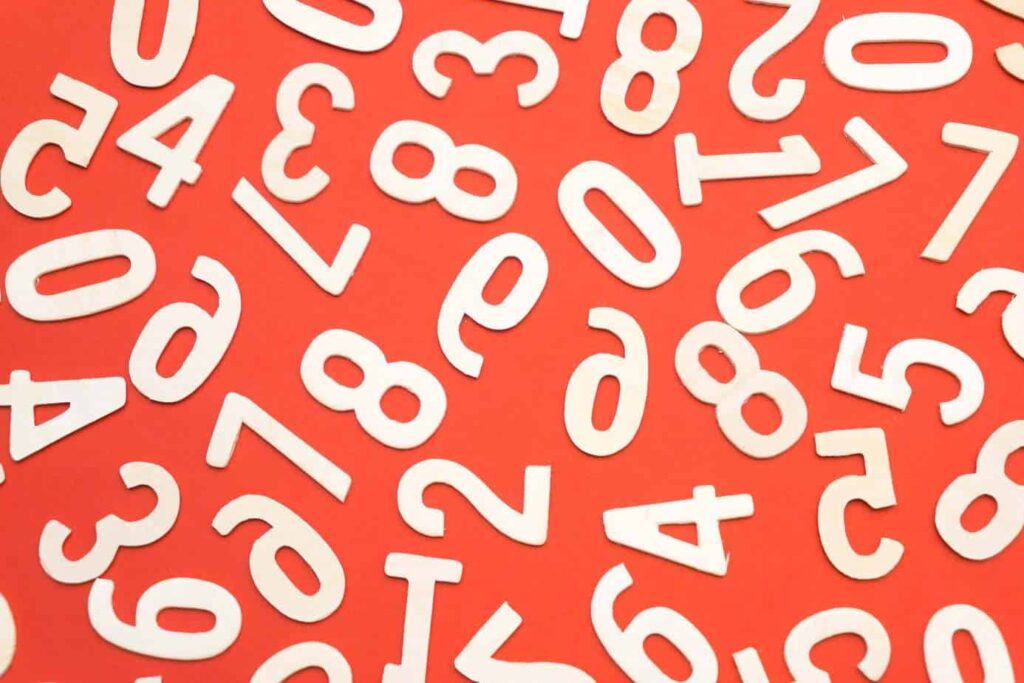
How to get started with the Enneagram
Learn about the different types
Type 1- Perfectionist, Reformist, Moralist, Improver
Type 2- Helper, Caretaker, Pleaser
Type 3- Achiever, Motivator, Role Model
Type 4- Romantic, Individualist, Artist
Type 5- Investigator, Innovator, Observer
Type 6- Loyalist, Guardian, Doubter
Type 7- Enthusiast, Energizer, Generalist
Type 8- Challenger, Protector, Provider
Type 9- Peacemaker, Comforter, Reconciler
Read about all the different types. You can take a test, but we suggest reading a description of each type before taking a test so that you can start to get a glimmer of the types you most identify with.
We highly suggest the book, ‘The Road Back to You,’ as a jumping-off point to learn about the different numbers.
Finding your number
Narrow down by process of elimination. There will be numbers you know you’re not.
Many people initially find 3-4 numbers that resonate.
With the remaining numbers, dig into the descriptions, motivations, passions (also titled deadliest sins), and childhood messages to identify which number you relate to the most. Remember, the Enneagram is about motivations; others can’t determine your number for you because it’s all about what’s going on in your head, not what behaviors you are showing.
Identify with a number
Listen to podcasts and read books. Begin to immerse yourself in what others are saying about being that number. We have many suggestions in our Enneagram Resources post.
Once you have your number down, there are a few terms to become familiar with.
Here we are only going to touch on the basics of the definitions and what they mean. We suggest you research independently and visit our Resources post for more information.
For now, these terms and descriptions probably won’t make a lot of sense, but they will give you a broad view of the complexity of possible learning and begin to help you become aware of the terms.

Triads
The Enneagram is broken up into three sections, or triads.
The triads have multiple names (depending on the teacher) referring to the same thing.
EIGHTS, NINES, and ONES are in the Gut triad – also called Instinctive (or Doing). These numbers carry a great deal of rage or anger.
TWOS, THREES, and FOURS are in the Heart triad – also called Feeling. These numbers carry a great deal of shame.
FIVES, SIXES, and SEVENS are in the Head triad – also called Thinking. These numbers carry a great deal of fear or anxiety.
Arrows
Each Enneagram type has two arrows going out to two other numbers. These arrows connect the type to two different types. These are the numbers the type goes to in stress or security.
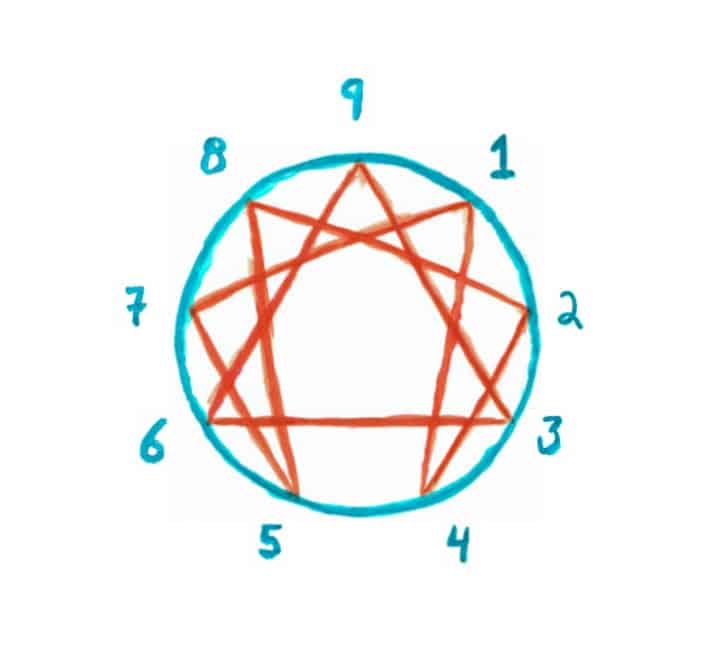
Stress and security
The arrows on the Enneagram connect each type to its stress number and security number.
When you are stressed or secure (mentally healthy), you begin to take on some of the tendencies of these other numbers.
ONES – go to FOUR in stress, SEVEN in security.
TWOS – go to EIGHT in stress, FOUR in security.
THREES – go to nine in stress, SIX in security.
FOUR – go to TWO in stress, ONE in security.
FIVES – go to SEVEN in stress, EIGHT in security.
SIXES – go to THREE in stress, NINE in security.
SEVENS – go to ONE in stress, FIVE in security.
EIGHTS – go to FIVE in stress, TWO in security.
NINES – go to SIX in stress, THREE in security.

Stances and orientation to time
Each number is rooted in a different stance and orientation to time.
A stance is how you react to the world.
Orientation to time refers to the time you typically react from – whether you are looking to the future, in the present moment, or looking back at the past.
ONES, TWOS, and SIXES are in the Present. They are in the Dependent stance.
SEVENS, THREES, and EIGHTS are in the Future. They are in the Aggressive stance.
FOURS, FIVES, and NINES, are in the Past. They are in the Withdrawing stance.
You can spend time delving into each term; there’s no way to learn it all at once. But knowing what each term means will help you with the learning process.
Continue learning
Continue to learn because the information is abundant, and the wisdom is profound. However, if you don’t like it, that’s fine; leave it be. You pursue what you find valuable and helpful and leave the rest behind. We’re just gonna nerd out here with something we’ve found very helpful in our lives, relationships, and personal growth.
Orientation to time and your number
Orientation to time is a term we suggest you learn about, specifically as we delve into the Enneagram and travel.
Orientation to time involves past, present, and future thinking. Each number relates to specific time orientation.
To review…
ONES, TWOS, and SIXES time orientation is the present.
SEVENS, THREES, and EIGHTS time orientation is the future.
FOURS, FIVES, NINES time orientation, is the past.
If you are continually looking to the past, to memories, to how things used to be, or you process information best looking back, then your orientation to time is the past.
If you are firmly in the present, have a more challenging time looking to the future, or looking back but are focused on the here and now, then you have a present-time orientation.
If you continually look ahead to the future, anticipate, and plan, you’re future-oriented.
Your orientation to time will significantly impact how you relate to those around you. And as we have discovered, time orientation profoundly affects how you relate to others when planning, preparing for, and going on a trip.
More on this as we explore each number.

Don’t type others
We are big fans of Suzanne Stabile and Ian Cron; both are wise and wonderful Enneagram teachers. They strongly urge that we don’t try typing others because we cannot see others’ motivations.
While some personality typing systems focus on behaviors, allowing us to receive suggestions and perspectives from others to figure out our type, the Enneagrams about what’s happening inside. Others don’t see that and don’t often even realize these things are happening.
We strongly caution that you don’t go around typing others. Figure out your number, dig into the other numbers to get a glimpse of how others live and see in this world, and then use that knowledge to help you see that everyone comes from a different place emotionally and, therefore, will see the world differently than you.
The biggest thing we’ve learned from studying the Enneagram is that not everyone else thinks like us, has the same self-talk, or perceives circumstances the same as we do. Typing someone for them takes away the journey of self-discovery, and you will likely be wrong, again because we can’t see others’ motivations.
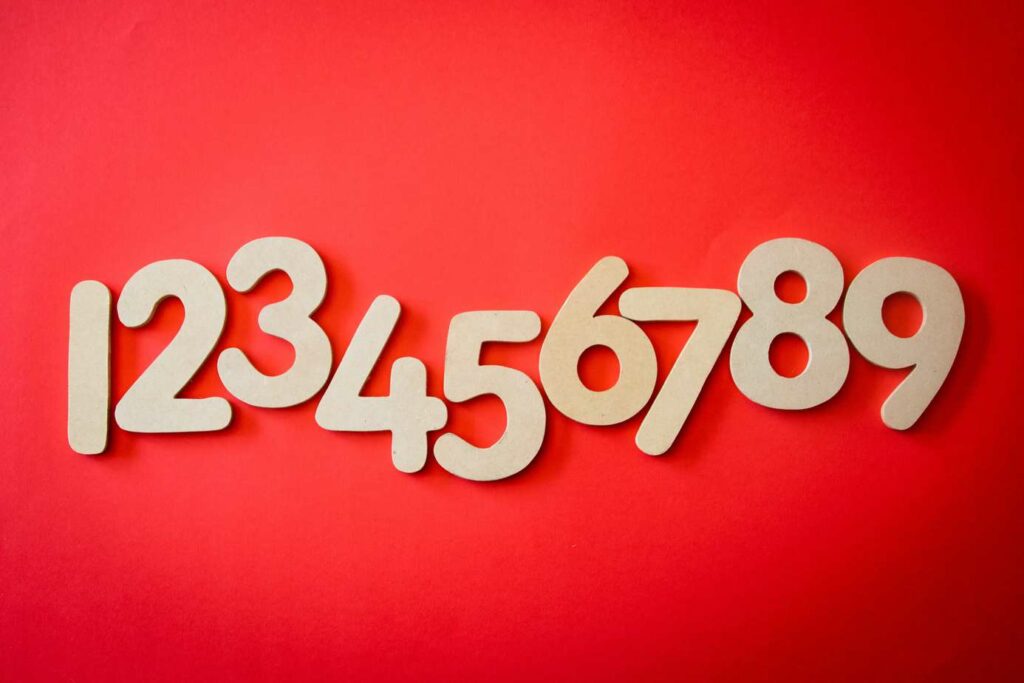
Why bother with the Enneagram for travel?
For us, and we hope for you, travel is about life-long learning. It’s about getting to know the world and learning more about the people you’ll meet and the places you’ll see. A journey doesn’t start with stepping foot in a new place. It begins in our minds as we dream up a trip, anticipate a trip, plan, and research for our travels.
We’re big history nerds, which has helped us see value in many of the places we visit. Because if you know how a particular turning point in history came about and affected a location, then you have a better appreciation for the significance of a place.
But life-long learning doesn’t just mean learning history to appreciate a place. It also means learning more about yourself and the people you’re with (and perhaps more broadly, the people you run into along your travels) so that your relationships grow and you create better memories and connections.
That’s precisely where the Enneagram has helped us:
To begin to glimpse the root of our relational conflicts when on the road.
To understand our different energy levels, motivations, and priorities.
Real-life examples of the Enneagram for travel
A funny example is Brittany as a SIX.
SIXES tend to think in worst-case scenarios. They plan for things that more than likely will never take place. So Brittany always travels with a first aid kit and begins planning a trip well in advance, anticipating every situation and preparing. Brittany keeps the “Mary Poppins” travel bag in our family. Whether you need a snack or a tourniquet, she probably has one!
Cheri (mom) is a SEVEN, an enthusiast. She plans because looking forward to the future opens up infinite possibilities and opportunities for fun.
Jody (dad) is a ONE with a time orientation in the present. Whenever Mom and Dad are about to leave on a vacation or a big trip, that is the moment he decides to begin a home remodeling project or pull apart a section of the yard to improve it. Because in the present moment, that’s what needs doing.
While Cheri, in future orientation to time, has gone through her to-do list and considered everything not necessary to the upcoming trip as irrelevant – she’s already moved on to the future trip – in her mind.
As you might imagine, these differences in perspective can be a source of conflict.

Resources
The Road Back to You: An Enneagram Journey to Self-Discovery by Ian Morgan Cron and Suzanne Stabile

The Path Between Us: An Enneagram Journey to Healthy Relationships by Suzanne Stabile

For more on personality typing related to travel, see Travelers Guide to Personality Typing Systems.
Favorite Resources to Help You Learn the Enneagram
Enneagram Type One on Vacation
Enneagram Type TWO on Vacation
Enneagram Type THREE on Vacation
Enneagram Type FOUR on Vacation
Enneagram Type FIVE on Vacation
Enneagram Type SIX on Vacation
Enneagram Type SEVEN on Vacation
Enneagram Type EIGHT on Vacation
